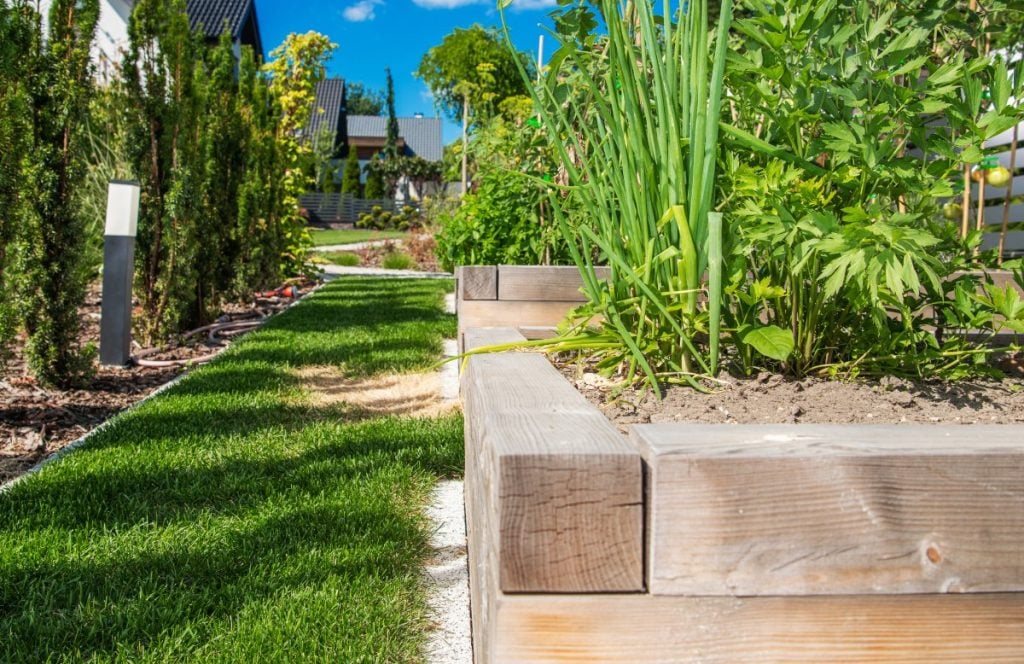Dreaming of a sustainable and productive homestead? Creating a terracing 15 acre homestead might just be the solution you need. This method not only maximizes space for planting but also helps in managing water flow, preventing soil erosion, and enhancing the aesthetic appeal of your land.

What is Terracing?
Terracing is a method of creating flat areas or steps on sloped land. This technique has been used for centuries in various parts of the world, especially in mountainous regions, to make farming possible on steep terrains.
Why Consider Terracing a 15 Acre Homestead?
For those with a 15 acre homestead, terracing offers numerous benefits. It allows for more efficient use of land, helps in water conservation, and reduces soil erosion. Additionally, terracing can increase your land’s aesthetic appeal, making it not only functional but also beautiful.
Getting Started with Terracing
Assessing Your Land
Before you begin, it’s essential to assess your land. Understand the slope of your terrain, soil type, and water flow patterns. This will help you design terraces that are both effective and sustainable.
Designing Your Terraces
When designing your terraces, consider the crops you wish to plant. Some plants may require wider or narrower terraces. Additionally, think about how you’ll navigate the terraces; paths and steps should be part of your design.
Building the Terraces
Building terraces involves digging and moving soil to form flat areas. Depending on your budget and resources, you may opt for manual labor or hire machinery. Ensure that the terraces have a slight inward slope to facilitate water retention.
Crops Suitable for Terracing
Many crops thrive on terraces. Vegetables like lettuce, spinach, and carrots are excellent choices. You can also plant fruit trees and shrubs, which benefit from the stable ground and water retention.
Water Management in Terracing
One of the primary benefits of terracing is improved water management. The flat areas help in retaining water, reducing runoff and erosion. Consider installing a rainwater harvesting system on your homestead to further enhance water conservation.
Maintaining Your Terraced Land
Regular maintenance is crucial to keep your terraces in top condition. This includes checking for signs of erosion, repairing any damages, and ensuring that water drainage systems remain unblocked.
Integrating Livestock
Consider integrating livestock into your terracing plan. Animals like goats and chickens can graze on the terraces, helping in soil fertilization and weed control. Learn more about caring for livestock year-round.
Benefits of Terracing for Sustainability
Terracing promotes sustainability by reducing soil erosion, enhancing water conservation, and increasing crop yield. It aligns with sustainable living practices, making it a valuable addition to any homestead.
Challenges and Solutions
While terracing offers numerous benefits, it also presents challenges. These include the initial cost of setup and the need for regular maintenance. However, the long-term benefits often outweigh these challenges, making it a worthwhile investment.
Community and Terracing
Engage with local communities and online forums to share experiences and learn from others who have successfully implemented terracing. This can provide valuable insights and support.
Conclusion
Transforming a 15 acre homestead through terracing is a rewarding endeavor. It not only enhances your land’s productivity but also contributes to sustainable living practices. By following the steps outlined in this guide, you can create a thriving and beautiful homestead.

FAQs
What are the initial costs of terracing?
The initial costs can vary based on the terrain, design, and whether you hire professionals or opt for a DIY approach. However, the long-term benefits often justify the initial investment.
How does terracing prevent soil erosion?
Terracing reduces the speed of water runoff, allowing more water to be absorbed into the soil, which helps in preventing erosion.
Can terracing be done on any slope?
While terracing is suitable for many slopes, extremely steep terrains may require professional assessment and specialized techniques.
For more insights into modern homesteading, you can explore resources like this introduction to modern homesteading.





